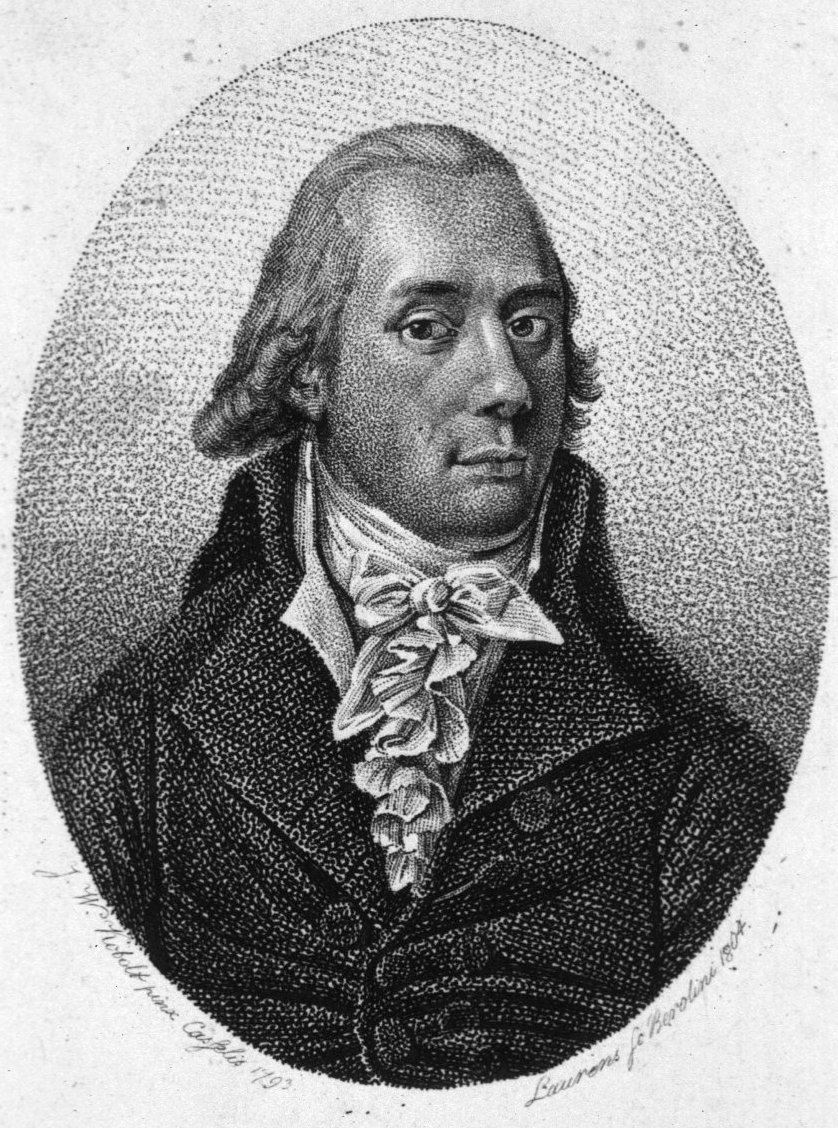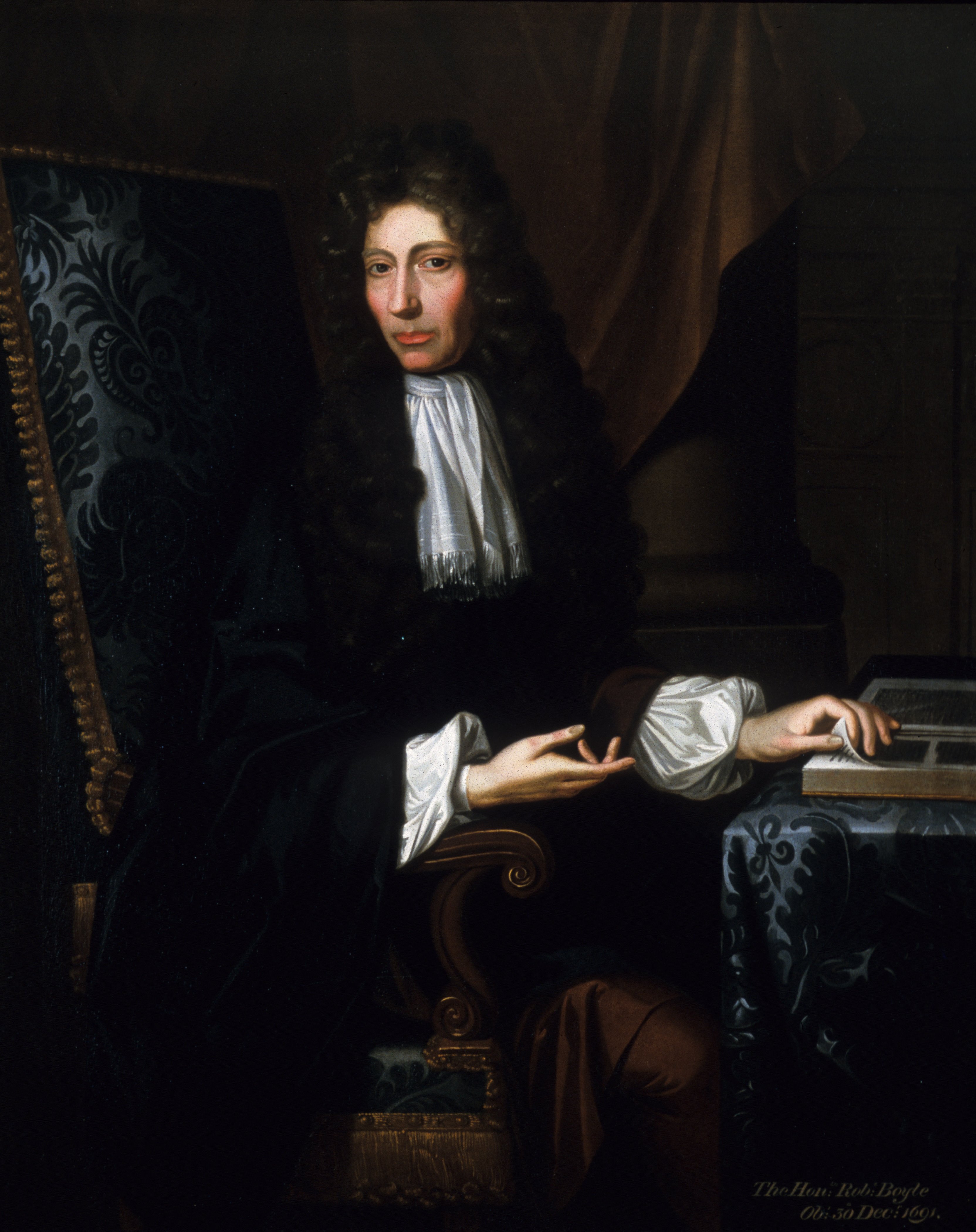|
East Baltic Race
The East Baltic race is one of the subcategories of the Europid race, into which it was divided by biological anthropologists and scientific racists in the early 20th century. Such racial typologies have been rejected by modern anthropology for several reasons. The term East Baltic race was coined by the anthropologist Rolf Nordenstreng, but was popularised by the race theorist Hans F. K. Günther. This race was living in Finland, Estonia and Northern Russia. And was present among Slavic, Baltic, Uralic and even some individual Germanic people (I.E Prussian and Swedish locals who immigrated in the area throughout medieval and early modern history) of the Baltic sea. It was characterised as "short-headed, broad-faced, with heavy, massive under-jaw, chin not prominent, flat, rather broad, short nose with low bridge; stiff, light ( ash-blond) hair; light (grey or pale blue) eyes, standing out; light skin with a greyish undertone. The American Eugenics Society described East Baltic p ... [...More Info...] [...Related Items...] OR: [Wikipedia] [Google] [Baidu] |
Biological Anthropology
Biological anthropology, also known as physical anthropology, is a scientific discipline concerned with the biological and behavioral aspects of human beings, their extinct hominin ancestors, and related non-human primates, particularly from an evolutionary perspective. This subfield of anthropology systematically studies human beings from a biological perspective. Branches As a subfield of anthropology, biological anthropology itself is further divided into several branches. All branches are united in their common orientation and/or application of evolutionary theory to understanding human biology and behavior. * Bioarchaeology is the study of past human cultures through examination of human remains recovered in an archaeological context. The examined human remains usually are limited to bones but may include preserved soft tissue. Researchers in bioarchaeology combine the skill sets of human osteology, paleopathology, and archaeology, and often consider the cultural and mo ... [...More Info...] [...Related Items...] OR: [Wikipedia] [Google] [Baidu] |
Scientific Racism
Scientific racism, sometimes termed biological racism, is the pseudoscience, pseudoscientific belief that empirical evidence exists to support or justify racism (racial discrimination), racial inferiority, or racial superiority.. "Few tragedies can be more extensive than the stunting of life, few injustices deeper than the denial of an opportunity to strive or even to hope, by a limit imposed from without, but falsely identified as lying within." Historically, scientific racism received credence throughout the scientific community, but it is no longer considered scientific. The division of humankind into biologically distinct groups, and the attribution of specific traits both physical and mental to them by constructing and applying corresponding Scientific modelling, explanatory models, i.e. racial theories, is sometimes called racialism, race realism, or race science by its proponents. Modern scientific consensus rejects this view as being irreconcilable with modern Genetics, g ... [...More Info...] [...Related Items...] OR: [Wikipedia] [Google] [Baidu] |
Hans F
Hans may refer to: __NOTOC__ People * Hans (name), a masculine given name * Hans Raj Hans, Indian singer and politician ** Navraj Hans, Indian singer, actor, entrepreneur, cricket player and performer, son of Hans Raj Hans ** Yuvraj Hans, Punjabi actor and singer, son of Hans Raj Hans * Hans clan, a tribal clan in Punjab, Pakistan Places * Hans, Marne, a commune in France * Hans Island, administrated by Greenland and Canada Arts and entertainment * ''Hans'' (film) a 2006 Italian film directed by Louis Nero * Hans (Frozen), the main antagonist of the 2013 Disney animated film ''Frozen'' * ''Hans'' (magazine), an Indian Hindi literary monthly * ''Hans'', a comic book drawn by Grzegorz Rosiński and later by Zbigniew Kasprzak Other uses * Clever Hans, the "wonder horse" * ''The Hans India'', an English language newspaper in India * HANS device, a racing car safety device *Hans, the ISO 15924 code for Simplified Chinese script See also *Han (other) *Hans im Glück, a Germa ... [...More Info...] [...Related Items...] OR: [Wikipedia] [Google] [Baidu] |
Blond
Blond (male) or blonde (female), also referred to as fair hair, is a hair color characterized by low levels of the dark pigment eumelanin. The resultant visible hue depends on various factors, but always has some yellowish color. The color can be from the very pale blond (caused by a patchy, scarce distribution of pigment) to reddish "strawberry" blond or golden-brownish ("sandy") blond colors (the latter with more eumelanin). Occasionally, the state of being blond, and specifically the occurrence of blond traits in a predominantly dark or colored population are referred to as blondism. Because hair color tends to darken with age, natural blond hair is significantly less common in adulthood. Naturally-occurring blond hair is primarily found in people living in or descended from people who lived in the northern half of Europe, and may have evolved alongside the development of light skin that enables more efficient synthesis of vitamin D, due to northern Europe's lower levels of ... [...More Info...] [...Related Items...] OR: [Wikipedia] [Google] [Baidu] |
Eye Color
Eye color is a polygenic phenotypic character determined by two distinct factors: the pigmentation of the eye's iris and the frequency-dependence of the scattering of light by the turbid medium in the stroma of the iris. In humans, the pigmentation of the iris varies from light brown to black, depending on the concentration of melanin in the iris pigment epithelium (located on the back of the iris), the melanin content within the iris stroma (located at the front of the iris), and the cellular density of the stroma. The appearance of blue, green, and hazel eyes results from the Tyndall scattering of light in the stroma, a phenomenon similar to that which accounts for the blueness of the sky called Rayleigh scattering. Neither blue nor green pigments are ever present in the human iris or ocular fluid. Eye color is thus an instance of structural color and varies depending on the lighting conditions, especially for lighter-colored eyes. The brightly colored eyes of many bird ... [...More Info...] [...Related Items...] OR: [Wikipedia] [Google] [Baidu] |
American Eugenics Society
American(s) may refer to: * American, something of, from, or related to the United States of America, commonly known as the "United States" or "America" ** Americans Americans are the Citizenship of the United States, citizens and United States nationality law, nationals of the United States, United States of America.; ; Although direct citizens and nationals make up the majority of Americans, many Multi ..., citizens and nationals of the United States of America ** American ancestry, people who self-identify their ancestry as "American" ** American English, the set of varieties of the English language native to the United States ** Native Americans in the United States, indigenous peoples of the United States * American, something of, from, or related to the Americas, also known as "America" ** Indigenous peoples of the Americas * American (word), for analysis and history of the meanings in various contexts Organizations * American Airlines, U.S.-based airline headquar ... [...More Info...] [...Related Items...] OR: [Wikipedia] [Google] [Baidu] |
Mongoloid
Mongoloid () is an obsolete racial grouping of various peoples indigenous to large parts of Asia, the Americas, and some regions in Europe and Oceania. The term is derived from a now-disproven theory of biological race. In the past, other terms such as " Mongolian race", "yellow", "Asiatic" and "Oriental" have been used as synonyms. The concept of dividing humankind into the Mongoloid, Caucasoid, and Negroid races was introduced in the 1780s by members of the Göttingen School of History. It was further developed by Western scholars in the context of racist ideologies during the age of colonialism. The organization has since been renamed the American Association of Biological Anthropologists. With the rise of modern genetics, the concept of distinct human races in a biological sense has become obsolete. In 2019, the American Association of Biological Anthropologists stated: "The belief in 'races' as natural aspects of human biology, and the structures of inequality (racism) that ... [...More Info...] [...Related Items...] OR: [Wikipedia] [Google] [Baidu] |
Julius Petersen (philologist)
Julius Peter Christian Petersen (16 June 1839, Sorø, West Zealand – 5 August 1910, Copenhagen) was a Danish mathematician. His contributions to the field of mathematics led to the birth of graph theory. Biography Petersen's interests in mathematics were manifold, including: geometry, complex analysis, number theory, mathematical physics, mathematical economics, cryptography and graph theory. His famous paper ''Die Theorie der regulären graphs'' was a fundamental contribution to modern graph theory as we know it today. In 1898, he presented a counterexample to Tait's claimed theorem about 1-factorability of 3-regular graphs, which is nowadays known as the "Petersen graph". In cryptography and mathematical economics he made contributions which today are seen as pioneering. He published a systematic treatment of geometrical constructions (with straightedge and compass) in 1880. A French translation was reprinted in 1990. A special issue of Discrete Mathematics has been ... [...More Info...] [...Related Items...] OR: [Wikipedia] [Google] [Baidu] |
Ludwig Tieck
Johann Ludwig Tieck (; ; 31 May 177328 April 1853) was a German poet, fiction writer, translator, and critic. He was one of the founding fathers of the Romantic movement in the late 18th and early 19th centuries. Early life Tieck was born in Berlin, the son of a rope-maker. His siblings were the sculptor Christian Friedrich Tieck and the poet Sophie Tieck. He was educated at the , where he learned Greek and Latin, as required in most preparatory schools. He also began learning Italian at a very young age, from a grenadier with whom he became acquainted. Through this friendship, Tieck was given a first-hand look at the poor, which could be linked to his work as a Romanticist. He later attended the universities of Halle, Göttingen, and Erlangen. At Göttingen, he studied Shakespeare and Elizabethan drama. On returning to Berlin in 1794, Tieck attempted to make a living by writing. He contributed a number of short stories (1795–98) to the series ''Straussfedern'', published ... [...More Info...] [...Related Items...] OR: [Wikipedia] [Google] [Baidu] |
Slavs
Slavs are the largest European ethnolinguistic group. They speak the various Slavic languages, belonging to the larger Balto-Slavic branch of the Indo-European languages. Slavs are geographically distributed throughout northern Eurasia, mainly inhabiting Central and Eastern Europe, and the Balkans to the west; and Siberia to the east. A large Slavic minority is also scattered across the Baltic states and Central Asia, while a substantial Slavic diaspora is found throughout the Americas, as a result of immigration. Present-day Slavs are classified into East Slavs (chiefly Belarusians, Russians, Rusyns, and Ukrainians), West Slavs (chiefly Czechs, Kashubians, Poles, Slovaks and Sorbs) and South Slavs (chiefly Bosniaks, Bulgarians, Croats, Macedonians, Montenegrins, Serbs and Slovenes). The vast majority of Slavs are traditionally Christians. However, modern Slavic nations and ethnic groups are considerably diverse both genetically and culturally, and relations between them � ... [...More Info...] [...Related Items...] OR: [Wikipedia] [Google] [Baidu] |
Edwin H
The name Edwin means "rich friend". It comes from the Old English elements "ead" (rich, blessed) and "ƿine" (friend). The original Anglo-Saxon form is Eadƿine, which is also found for Anglo-Saxon figures. People * Edwin of Northumbria (died 632 or 633), King of Northumbria and Christian saint * Edwin (son of Edward the Elder) (died 933) * Eadwine of Sussex (died 982), King of Sussex * Eadwine of Abingdon (died 990), Abbot of Abingdon * Edwin, Earl of Mercia (died 1071), brother-in-law of Harold Godwinson (Harold II) *Edwin (director) (born 1978), Indonesian filmmaker * Edwin (musician) (born 1968), Canadian musician * Edwin Abeygunasekera, Sri Lankan Sinhala politician, member of the 1st and 2nd State Council of Ceylon * Edwin Ariyadasa (1922-2021), Sri Lankan Sinhala journalist * Edwin Austin Abbey (1852–1911) British artist * Edwin Eugene Aldrin (born 1930), although he changed it to Buzz Aldrin, American astronaut * Edwin Howard Armstrong (1890–1954), American ... [...More Info...] [...Related Items...] OR: [Wikipedia] [Google] [Baidu] |



..jpg)

